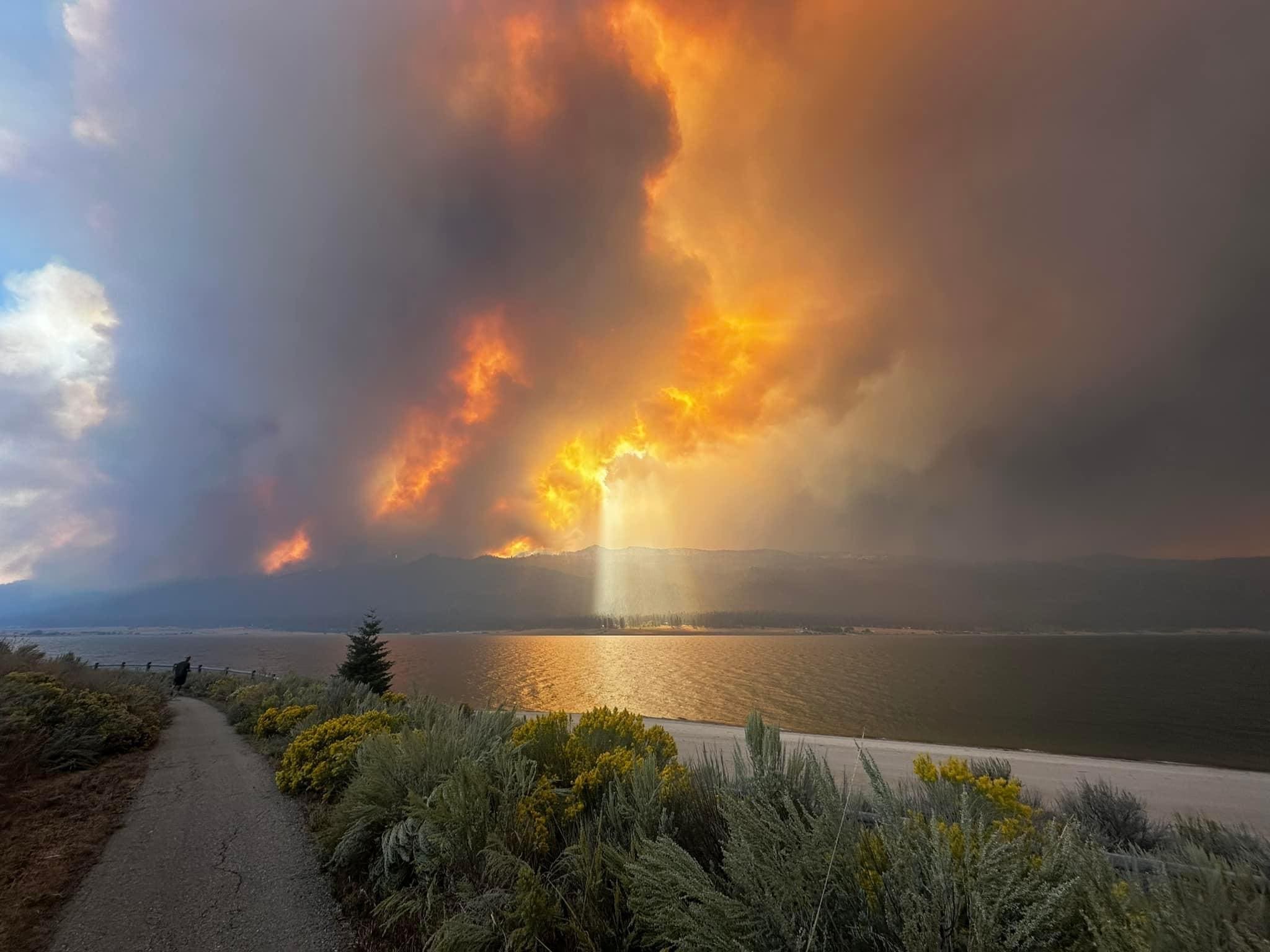December 23, 2024
millerins
What to do before a wildfire approaches your house?

Before a wildfire approaches your house, it is crucial to take steps to reduce the risk of damage and ensure your safety. Here’s a list of important actions to take:
1. Create a Defensible Space Around Your Home
- Clear vegetation: Trim trees, bushes, and shrubs that are close to your house. Remove dead plants, leaves, and branches.
- Create buffer zones: Establish zones around your house where fuel is limited. The first 30 feet should be cleared of all vegetation. Increase defensible space as you move farther from the home.
- Maintain trees: Trim tree branches at least 10 feet from the ground and 10-15 feet from other trees.
- Fire-resistant plants: Replace highly flammable plants with fire-resistant ones.
- Remove mulch: Use gravel or stone instead of wood chips near the house.
2. Fortify Your Home
- Seal gaps and vents: Install metal mesh screens on vents, eaves, and chimneys to prevent embers from entering your home.
- Close windows and doors: Make sure all windows and doors are tightly closed to prevent sparks and embers from getting inside.
- Roof and gutters: Clean gutters of leaves and debris, and consider using fire-resistant roofing materials if possible.
- Fire-resistant materials: Ensure that the exterior of your home is made of fire-resistant materials (e.g., metal, brick, stucco).
3. Have Emergency Supplies Ready
- Evacuation kit: Pack a go-bag with essential items like food, water, medications, clothing, and important documents. Include flashlights, a battery-powered radio, and a phone charger.
- Fire extinguisher: Have a fire extinguisher in an easily accessible location.
- First aid kit: Make sure it’s stocked and easy to grab in an emergency.
4. Develop an Evacuation Plan
- Know multiple routes: Identify several routes to escape your home in case one is blocked by fire.
- Communicate with family: Make sure everyone knows the plan and has a designated meeting point.
- Have transportation ready: If you don’t have a vehicle, make arrangements in advance with neighbors or local authorities for transportation.
5. Stay Informed
- Sign up for alerts: Register for local fire alerts or emergency notification systems.
- Monitor conditions: Stay updated on the fire’s progress and the weather through radio, TV, or a mobile app.
6. Prepare to Evacuate
- Pack your car: If time allows, pack your vehicle with essential supplies and valuables.
- Remove flammable objects: Move outdoor furniture, grills, and anything else that can catch fire away from your home.
- Turn off propane: Shut off gas valves and propane tanks.
7. Prepare Pets and Livestock
- Have pet carriers ready: Make sure you can easily transport your pets.
- Plan for animals: If you have livestock, ensure you have enough water, food, and transportation ready for them.
8. Protect Water Sources
- Fill pools and containers: If you have a pool, fill it to use as an emergency water source. Fill any large containers with water for firefighting purposes.
By taking these precautionary measures, you can greatly improve your chances of protecting your home and loved ones in the event of a wildfire.
Categories: Blog
